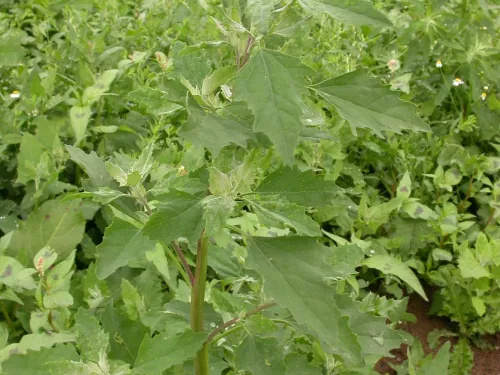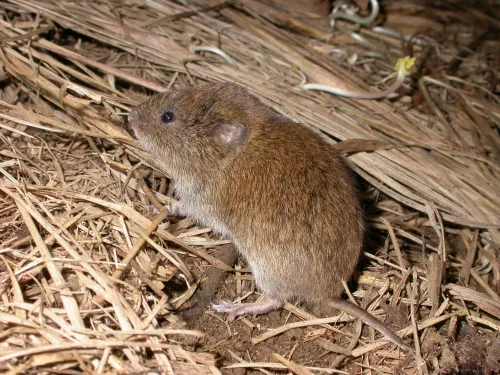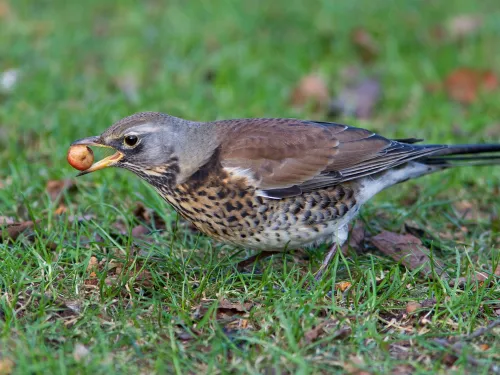
Fat hen
Fat hen is a persistent 'weed' of fields and gardens, verges and hedgerows. But, like many of our weed species, it is a good food source for birds and insects.
Want to learn more about wildlife near you? You're in the right place, search below and discover the nature you can help protect in Kent.

Fat hen is a persistent 'weed' of fields and gardens, verges and hedgerows. But, like many of our weed species, it is a good food source for birds and insects.
A pale member of the violet family sometimes known as ‘milk violet’, the fen violet has a delicate and unassuming appearance. A real specialist of the wetland habitat, this species has seen a massive decline in population due to habitat loss and draining of wetland habitats.
Fennel has feathery leaves and open, umbels of yellow flowers. It was probably introduced by the Romans for culinary use, and is now a naturalised species of verges, waste ground and sand dunes.
A creeping and climbing plant of cultivated ground, Field Bindweed can become a pest in places as it stops other plants from growing. It has creamy, sometimes striped, large flowers, and arrow-shaped leaves.
Once widespread, this attractive plant has declined as a result of modern agricultural practices and is now only found in four sites in South East England.
Field elm suffered declines due to the devastating effects of Dutch elm disease, but can still be found across much of the UK.
An inconspicuous tree for much of the year, the Field maple comes to life in autumn when its lobed leaves turn golden-yellow and its winged fruits disperse in the wind. Look for it in hedges and woods.
With its familiar features, the Field pansy is a delicate version of a garden favourite. Usually creamy-yellow in colour, it can be seen in fields and on roadside verges and waste ground.

With a population of 75 million, the field vole is one of the UK's most common mammals. Hidden among the vegetation of grassland, heathland and moorland, it is not as easily spotted as the similar bank vole.

Field wood-rush is a short rush that forms tufts in grassy places, such as lawns, parks and downlands. A defining characteristic is its leaf-like leaves that are fringed with long, white hairs.

Often spotted in large flocks, the fieldfare is an attractive thrush. It is a winter visitor, enjoying the feast of seasonal berries the UK's hedgerows, woodlands and parks have to offer.
Fir clubmoss is a primitive plant found in rocky, moorland and mountain habitats. The stems of this tufted, upright fern look like tiny conifers.